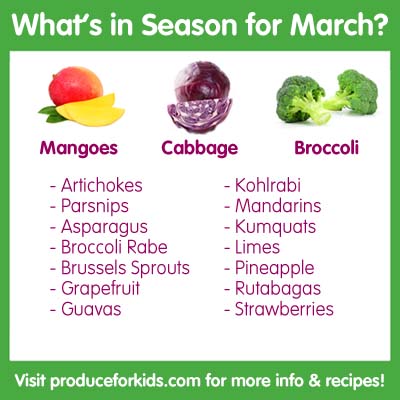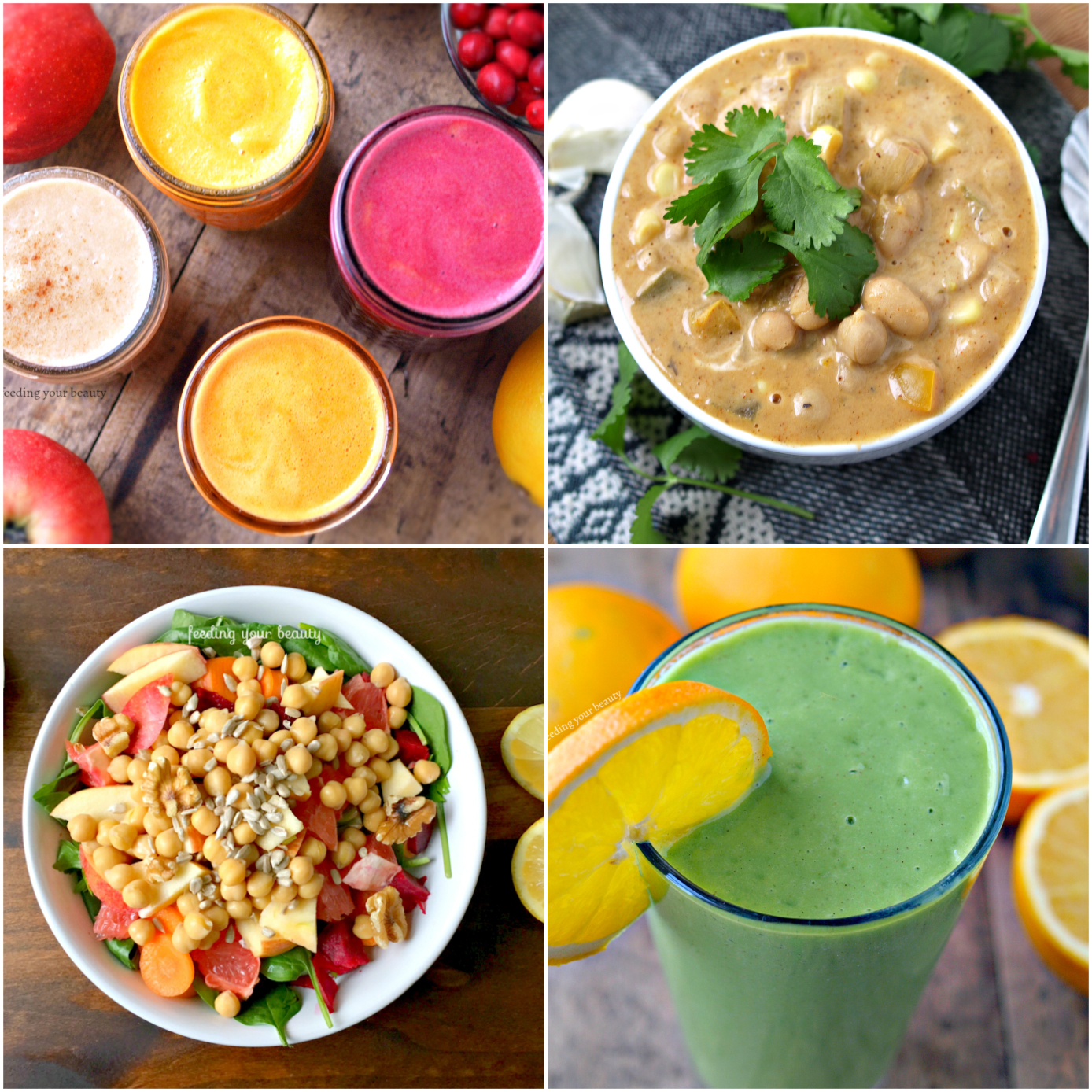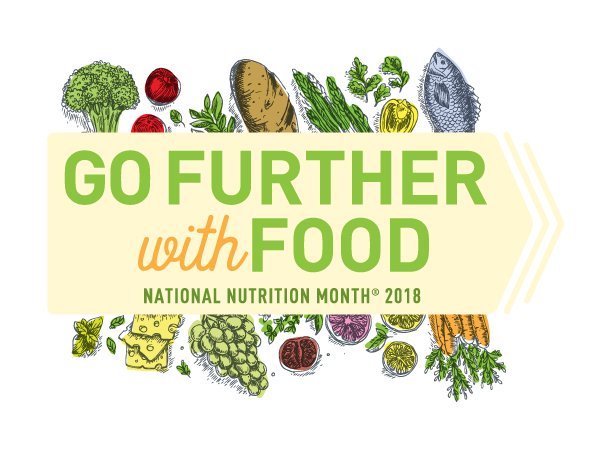Improve your cardiovascular wellness, learn about nutritious choices, and get tips for a heart-healthy diet.
Did you know February was American Heart Health Month and March is National Nutrition Month? With cardiovascular disease continuing to be the leading cause of death in the U.S., it’s important to continue spreading awareness and staying mindful of the steps we can take to reduce our risk of heart disease and stroke, not just during official awareness months, but year-round. Some of the easiest and most effective ways of reducing your risk involve dietary and other lifestyle changes. These don’t need to be extreme, nor immediate; every small step counts towards keeping your heart healthy and strong!
Keeping your heart healthy starts with maintaining a healthy diet, rich in whole grains, fruits, vegetables, and healthy fats. Many people find consuming enough fruits and vegetables in a day to be expensive and time consuming. It doesn’t have to be! Below are some easy tips to include plant-based foods in your diet no matter how hectic your lifestyle.
Keep It Simple
It’s easy to get caught up in the social media hype to create the most visually stunning, balanced plate out there, but when it comes time to make your meals, it might not be feasible to create picture-perfect dishes. That’s okay! Instead of striving to live up to unrealistic standards of eating a beautiful, colorful salad for every meal, try to stick to the basic guidelines of overall healthy eating (like those found at MyPlate.gov) and slowly work your way towards your goals!
Know What’s in Season
One of the easiest ways to keep your fruit and vegetable budget down is to shop for in-season products. Not only will these items be freshest and tastiest, but they usually don’t have to be transported for long journeys to your supermarket, allowing the prices to remain affordable. As an added bonus, since these products are usually fresher, they will last longer in your fridge. This can also help cut your food budget by reducing food waste!

Frozen Is Your Friend
Not only are frozen fruits and vegetables convenient, but they are generally more cost-effective than fresh, out-of-season products. Also, fresh produce is not necessarily healthier than frozen! Evidence suggests that in some cases, frozen foods have even more nutrients than fresh ones do.1 That’s because most frozen fruits and vegetables are picked at peak times during the season in which they grow best. Additionally, they are most likely to be frozen within the first 24 hours after picking, before the nutrients have a chance to start breaking down. As long as you are buying high-quality vegetables with minimal additives like salt, sugar, or preservatives, you can always have fruits and vegetables on hand for a quick smoothie or side dish. How’s that for heart healthy?
Snack Smart
When reaching for a snack, many of us are in the habit of grabbing a bag of chips or chocolate bar. While these high-calorie foods can curb hunger fast, they are mostly devoid of beneficial nutrients and contain large amounts of sugar and fat. Opting for some fruit or vegetable-based snacks––like an apple and peanut butter or a handful of carrots and hummus––can easily increase your intake of fruits and vegetables and reduce consumption of processed, high-sugar, high-fat foods, killing two birds with one stone!
Any Amount Is Beneficial
Of course, the more fruits and vegetables you have, the better. However, sometimes it can be discouraging to hear recommendations that seem unattainable. The current recommendations by the USDA call for 2 cups of fruit and 2-3 cups of vegetables daily, depending on age and gender. While this may seem like a lot, these amounts can be consumed in any sized portions you like. For some people, it is easier to consume 4-5 small handfuls of fruit and veggies periodically throughout the day. For others, having a large bowl of fruit for breakfast and a large salad for lunch is easiest. Find what works for you, and keep in mind that any amount counts. Being mindful of your intake is the first step!
Find Fun Variations to Classic Dishes
Eating heart-healthy foods does not have to mean giving up your favorite dishes. If you cook at home, changing up a recipe to incorporate more nutritious vegetables is a breeze! For example, when making lasagna, you can blend sautéed vegetables into the sauce for a heartier taste and texture. Rice dishes can be replaced with riced cauliflower, which really does mimic white rice well and provides more than triple the amount of fiber and a fraction of the calories! Additionally, adding some vegetables like artichokes or peppers to a baking dish while cooking your protein is a quick and easy way to have a serving of vegetables incorporated into your meal.

Embrace the Three S’s: Soups, Smoothies, and Salads
If you would prefer to pack in as many servings of fruits and vegetables as possible during one sitting, a good strategy is to choose one of the Three S’s: soups, smoothies, or salads. You can have one of these during each meal—like a smoothie for breakfast, salad for lunch, and soup for dinner. This way you can choose a combination that best fits your taste or choose one to pack in a majority of your servings of vegetables for the day. These foods are great in that they can allow you to cover many servings of fruit and vegetables all on one plate. Additionally, they can be made ahead and stored in portable containers for easy transport. Eating heart-healthy foods does not have to be expensive or inconvenient; it just takes some creativity!
One-week challenge
With these tips in mind, you might be up for a challenge since reading about some tips won’t do you any good until you get started on seeing what works for you:
- For one week, try to follow one or more of the above tips each day, to include more fruits and vegetables in your daily routine.
- Post your experiences on social media and get a discussion going about how easy (or difficult) making these changes has been for you.
- With the right strategies in place, you can reach your health goals. Your heart and body will thank you!
References
- Miller, SR, Knudson, WA. (2014). Nutrition and Cost Comparisons of Select Canned, Frozen, and Fresh Fruits and Vegetables. Sage Journals.

Guest post by Rosy Husni, MS, Dietetic Intern



0 Comments